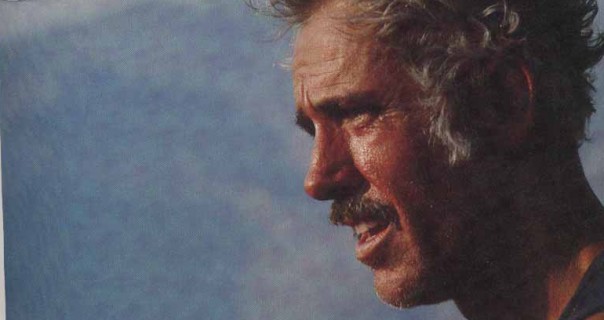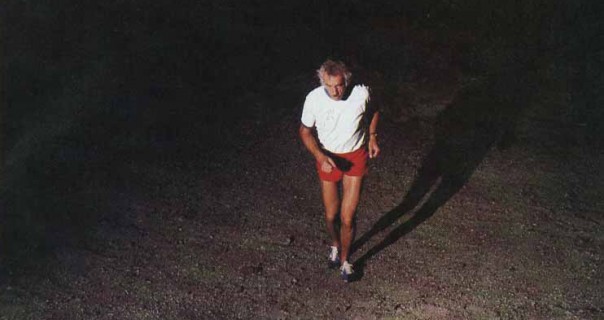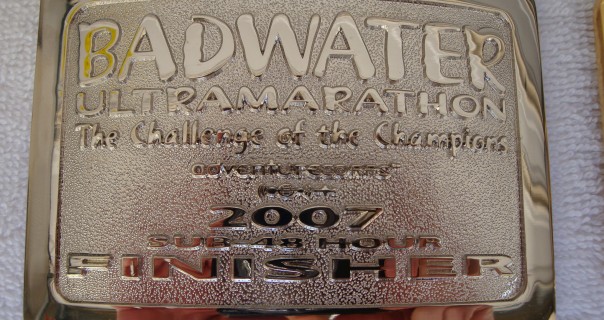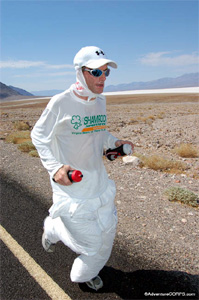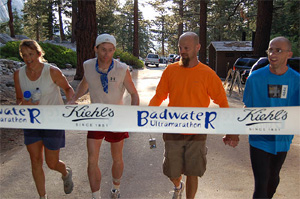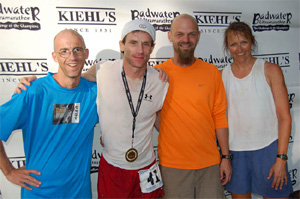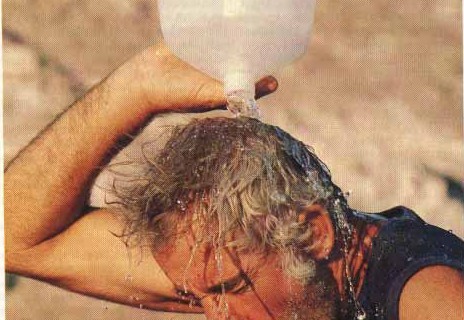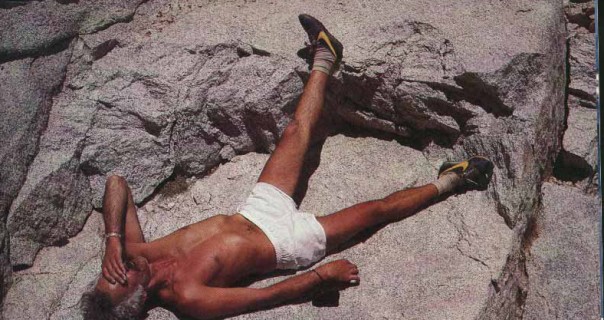Measures of water turnover, body temperature, activity and heat strain during the Badwater ultramarathon
SCIENCE STUDY SEEKS PARTICIPANTS
The Montana Center for Work Physiology and Exercise Metabolism (Montana WPEM) is conducting an exciting research project at the 2008 Badwater Ultramarathon. You have been there done that as far as ultras go. However, here is a chance to put some physiological bragging rights behind your 2008 race. Just how much water does the human body turn over in 135 miles? How does your hydration strategy stack up and protect you from overheating? Have you ever seen a mobile physiological lab in the form of a Airstream trailer? If you want to know – we want you in our project. We have done Western States, now we want to see how Badwater stacks up as we encroach towards the human ceiling for energy expenditure and hydration demands.
We are limited to studying 12 racers. Also, we are only able to use racers from the western part of the U.S. for reasons mentioned in the attached brochure. If you are interested, please contact Brent Ruby at the email below and reference the attached Pdf document.
Background
This proposed research would evaluate the effects of environmental stress on measures of hydration, total body water turnover, core temperature, and heat shock protein response during the 2008 Badwater Ultramarathon.
Water turnover offers a dynamic measure of hydration demands by quantifying the magnitude of total body water loss coupled with partial or complete replacement over a given period of time. The unique measure of water turnover is not simply a measure of how much water is consumed and how much water is lost, it is an all inclusive measure of water flux through the human system. A 75 kg reference man contains about 45 L of water (~60% of total body weight). During some of our previous field investigations with wildland fire fighters, Air Force Combat controllers, and Ironman athletes our laboratory has demonstrated 12-24hr water turnover values in the range of 6-18 L (up to 40% of total water volume). Even with this data we have no indication that these activities have stressed the human hydration system to its full capacity. Further research, as proposed here, is needed to determine the human ceiling for water turnover in order to further characterize the hydration needs for extended work in hostile environments.
Because these types of events may capture the human ceiling for extended muscle work in the heat, these data will provide valuable insight towards the cellular protection associated with a change in heat shock protein response patterns. Moreover, this approach will assist in determining human factors that limit or sustain performance during an extended period of activity. The data collection we are planning for Badwater 2008 will extend our past research because of the unique environment and duration of the event.
Contact
Brent C. Ruby, Ph.D., FACSM
Director, Montana Center for Work Physiology and Exercise Metabolism (Montana WPEM)
Email: brent.ruby”at”mso.umt.edu


